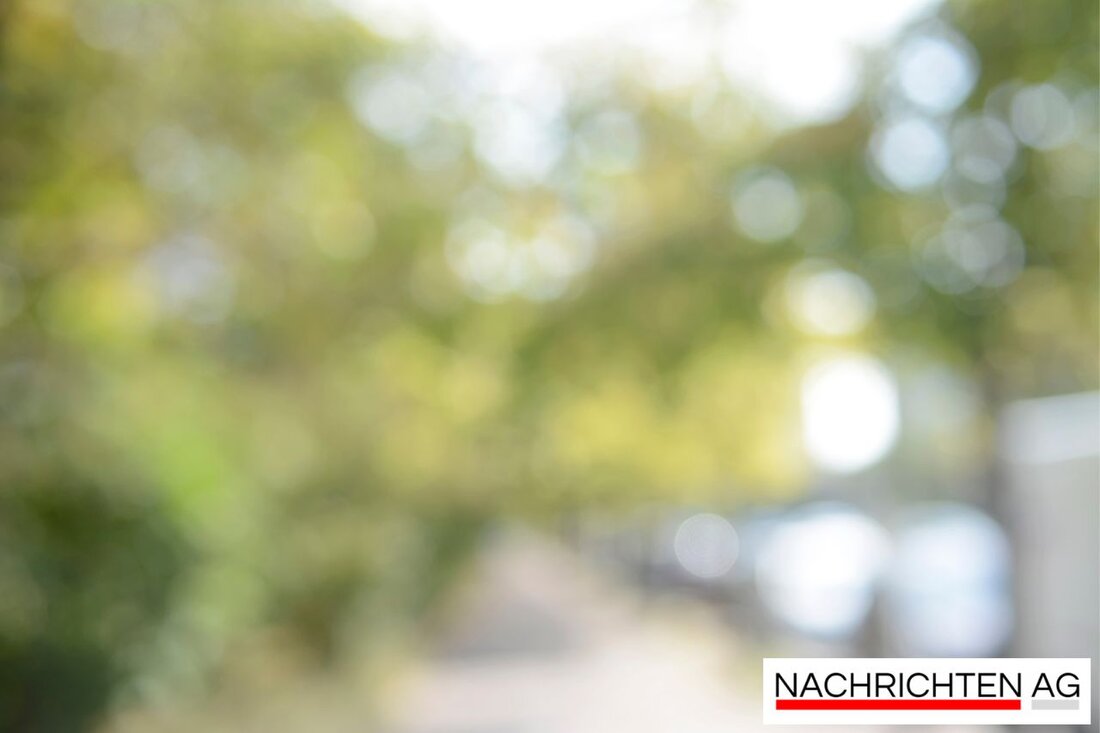Wolgaster Mühle: The Braun couple brings a historical monument back to life
Thomas and Brunhild Braun are restoring a historic mill in Wolgast into a living space and preserving its unique heritage.

Wolgaster Mühle: The Braun couple brings a historical monument back to life
The history of a mill: From the production site to living space
In the picturesque town of Wolgast, the couple Thomas and Brunhild Braun live in a historic mill, which they have restored and converted with dedication. This charming building, which has been in the family since 1888, is one of the last three remaining monuments in Wolgast. Thomas Braun's great-grandfather once purchased the mill and equipped it with modern machines to produce feed for agricultural production cooperatives (LPG) until reunification. The mill then sat empty for a long time until Thomas took the initiative in 1994 and began renovations after the mill was shut down.
How exactly did the Brauns transform the mill? With great skill they removed technical elements and largely renovated the mill. This includes new cladding and roofing as well as the installation of modern floors and windows. On the top floor they have set up a reading and relaxation room where you can enjoy a breathtaking view of the Peenestrom and the city center.
Preserve a piece of history
The octagonal shape of the mill, with large rocks under each corner, tells its own story. In 1925, the hood was damaged by a thunderstorm, resulting in the installation of a lean-to roof. On the ground floor, a functional kitchen and a spacious room invite you to meet and celebrate. Historical elements, such as an old sewing machine for flour sacks and books with income and expenses, make the mill a testament to bygone times.
The Braun family decided to preserve this unique mill and deliberately refrained from traveling long distances in order to finance the renovation. Visits from friends and relatives become a special experience at the mill. The top floor was set up as a guest apartment, equipped with a bed and a small bathroom. The Brauns' children and grandchildren in particular find a comfortable retreat here.
The importance of these historical buildings is also illustrated by the commitment of the Historical Mills Community Foundation, which campaigns nationwide for the preservation and restoration of such monuments. According to the German Monument Protection Foundation Milling is one of humanity's oldest cultural techniques and has played an important role in food and building material production over the centuries.
With industrialization and the emergence of new energy sources, many mills lost their importance, such as the Wendorf mill in Wolgast, which burst into flames in 2023 and was not rebuilt. Before industrialization, wind and water mills accounted for a large portion of energy production. Today they are not only technical masterpieces, but also living reminders of a bygone era.
It is admirable how the Braun couple preserves the mill's heritage and at the same time breathes new life into it. The historic site remains not only a lovingly restored residential building, but also a place that tells stories and connects generations.

 Suche
Suche
 Mein Konto
Mein Konto